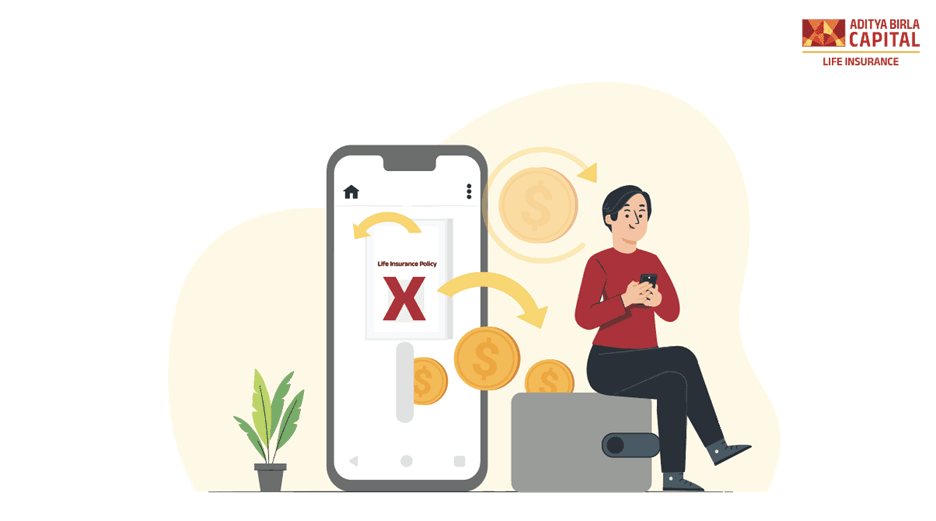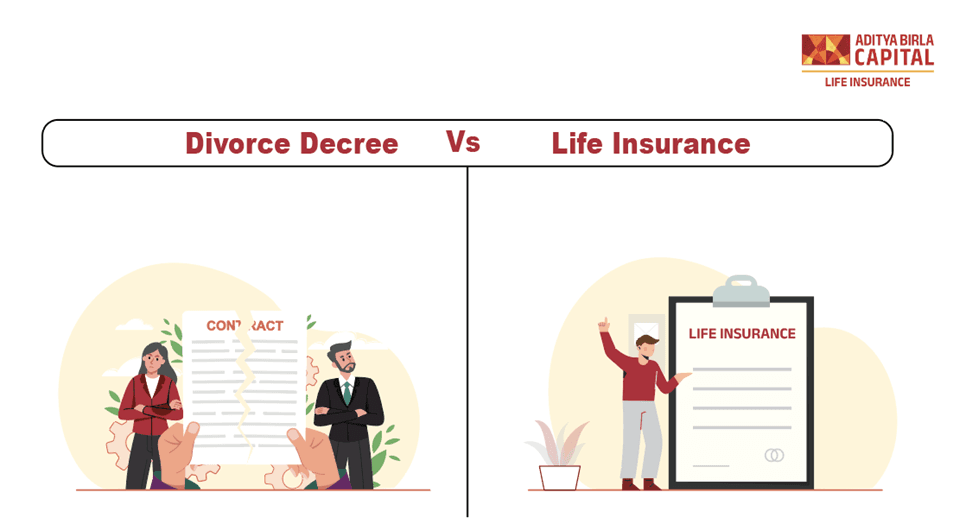Having life insurance serves as a safeguard for your dear ones, ensuring their well-being in the event of your untimely demise. Finding the best way to pay for it, though? That may seem a little overwhelming.
Let us look at Siddhu's story. Planning was always Siddhu's strong suit. He preferred to have everything planned, whether it was for a family vacation or his daughter's school project. When he meticulously organised even the smallest of things with care, Siddhu wanted the best for his family's financial future as well. He chose to buy life insurance that ensured his family would be cared for. Although the payment alternatives seemed confusing, he was aware of the importance of life insurance. Siddhu and his wife Priya took a seat and began talking about their options. Should they make yearly or monthly payments? With their limited resources, they aimed to make the best choice for their family.
Siddhu realised that knowing the details of each payment plan would make him feel more confident in his choice as he considered his options. Along with them, let's find out which option best suits your needs by reading the article below.
Life Insurance Premium Payment Options
Premium Payment Mode
Let’s explore the various options for paying your premium:
1. Regular Pay Option:
This is the most popular choice among policyholders. With the regular pay mode, you’ll make your premium payments on a consistent schedule until the end of the policy term - whether it is yearly, quarterly, or another interval. By spreading out the payments over time, this option helps you avoid a significant financial burden all at once.
2. Limited Pay Option:
Limited Pay is a great option for people who would rather pay their premiums faster. Using this method, you pay premiums for a predetermined number of years, but your coverage lasts far longer than that. This is the greatest option if you anticipate having variable income in the future or if you want coverage that extends past retirement age. It is particularly appropriate for self-employed people or entrepreneurs. In essence, you have the option to continue paying premiums until you reach retirement while still receiving considerable term insurance for a longer term.
3. Single Pay Option:
Even though it is not very popular, the Single Pay option provides a distinctive approach to managing your life insurance premiums. By using this option, you pay the full premium for the duration of the coverage in one single upfront payment. For people who can afford the initial financial spending, this is the best option. If you pay everything at once, you may guarantee# continuous coverage without having to make recurring payments.
Premium Payment Frequency
You can choose a monthly, quarterly, semi-annual, or annual premium payment schedule that works best for you when it comes to your term insurance plan . It's a convenient option that is all yours to decide. Also, no matter which payment frequency you choose, you will usually observe little to no change in the total amount that you pay.
4. Annual Premium Payment:
If you choose this option, you will only need to pay the entire premium amount once a year. This option is frequently the most economical because insurers typically offer savings for yearly lump-sum payments.
5. Semi-Annual Premium Payment:
If you select the semi-annual premium payment option, the amount can be divided into two annual payments. This approach makes it simpler to manage the financial commitment because it finds a great balance between price and convenience.
6. Quarterly Premium Payment:
You can choose to pay your premiums every three months by selecting this option. This method facilitates payment distribution throughout the year, which eases budget management.
7. Monthly Premium Payment:
If you want maximum flexibility, choose the monthly premium payment option. Dividing the expense into 12 payments a year makes it easier to handle premiums on a monthly budget. Though this approach is convenient, the added administrative fees could make the overall price a little bit higher.
Mode Of Payment
8. Online Payments:
Online payments are growing in popularity due to their speed and simplicity. Here are some of the accessible methods -
- Credit/Debit Cards: Credit & debit cards are widely accepted by insurers, providing a convenient and safe method of paying your premiums.
- Net Banking: This technique makes the process simple and secure by allowing you to pay the insurer directly from your bank account.
- Wallets: A number of digital wallets, like PhonePe, Amazon Pay, Airtel Money, and others, offer simple and rapid payment methods. Your bank accounts or credit cards can be connected to these wallets to guarantee# a smooth transaction process.
- UPI: The Unified Payments Interface, or UPI, is a widely used payment mechanism in India. It allows for easy and quick payments through services like Paytm, BHIM, Google Pay, and others. Additionally, some insurers provide QR code scanning for even more safe and convenient payment methods.
- EMI: To facilitate better budgeting, certain insurers provide you to convert premium payments into Equated Monthly Installments (EMI). This allows the expense to be spread over multiple months.
- e-Card/Cash Card: Premium payments can also be made with prepaid cards, which provide a controlled spending option that can support budgeting.
9. Offline Payments
If paying your life insurance premium online or using standing instruction facilities isn't what you prefer, you can always choose to pay your premium in person at one of the closest branch offices using cash or cheque. Those who prefer face-to-face communication or who have urgent questions are likely to favour this approach.
Important Note:
Set standing orders, auto-debit options, or reminders in your calendar, regardless of the frequency or form of payment you select. By doing this, you can make sure that your premiums are paid on time and keep your insurance from lapse.
To Wrap It Up,
Selecting the ideal life insurance premium payment plan can be similar to choosing the ideal quest in a choose-your-own-adventure book. It's a bit like choosing the correct route in Indiana Jones while deciding between the flexibility of variable payouts and the simplicity of level premiums. Every decision you make leads to financial stability and the exciting protection of your loved ones' future - better than any hero's epic quest.










